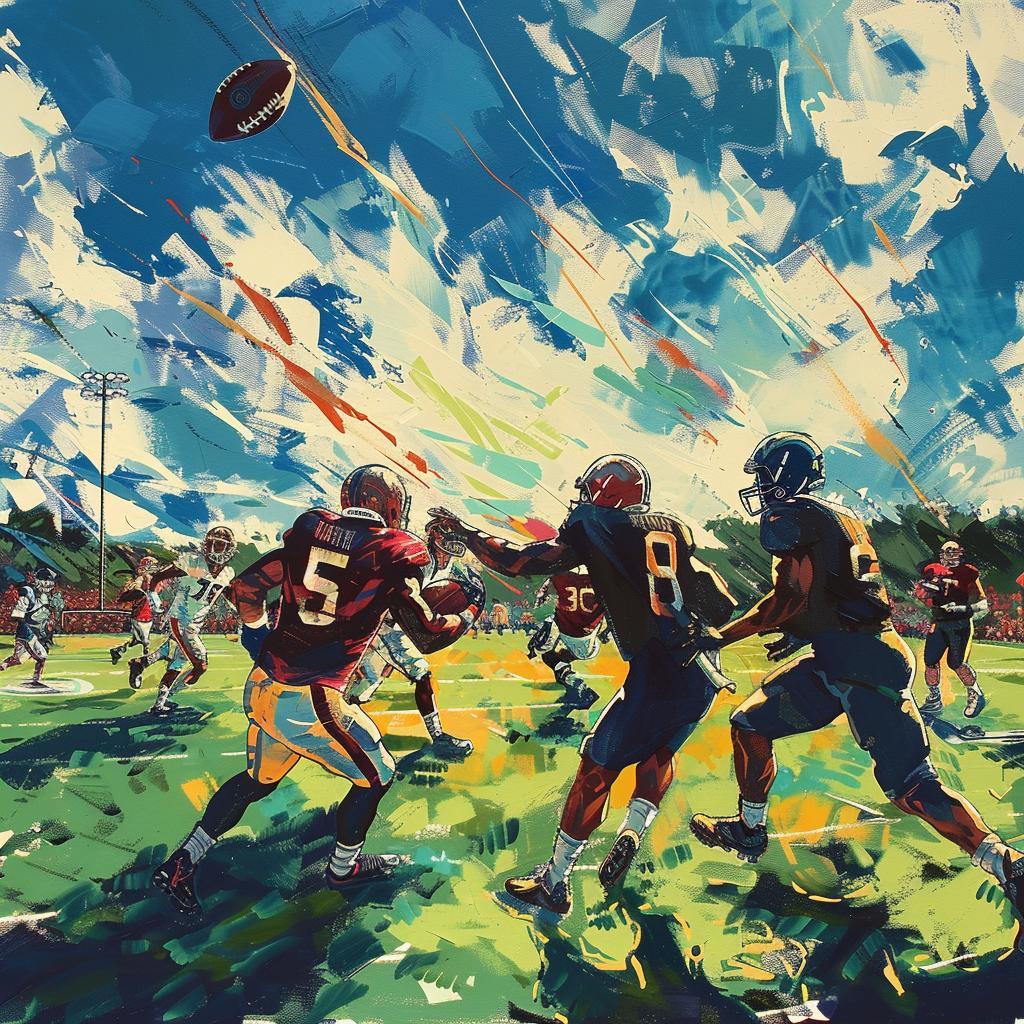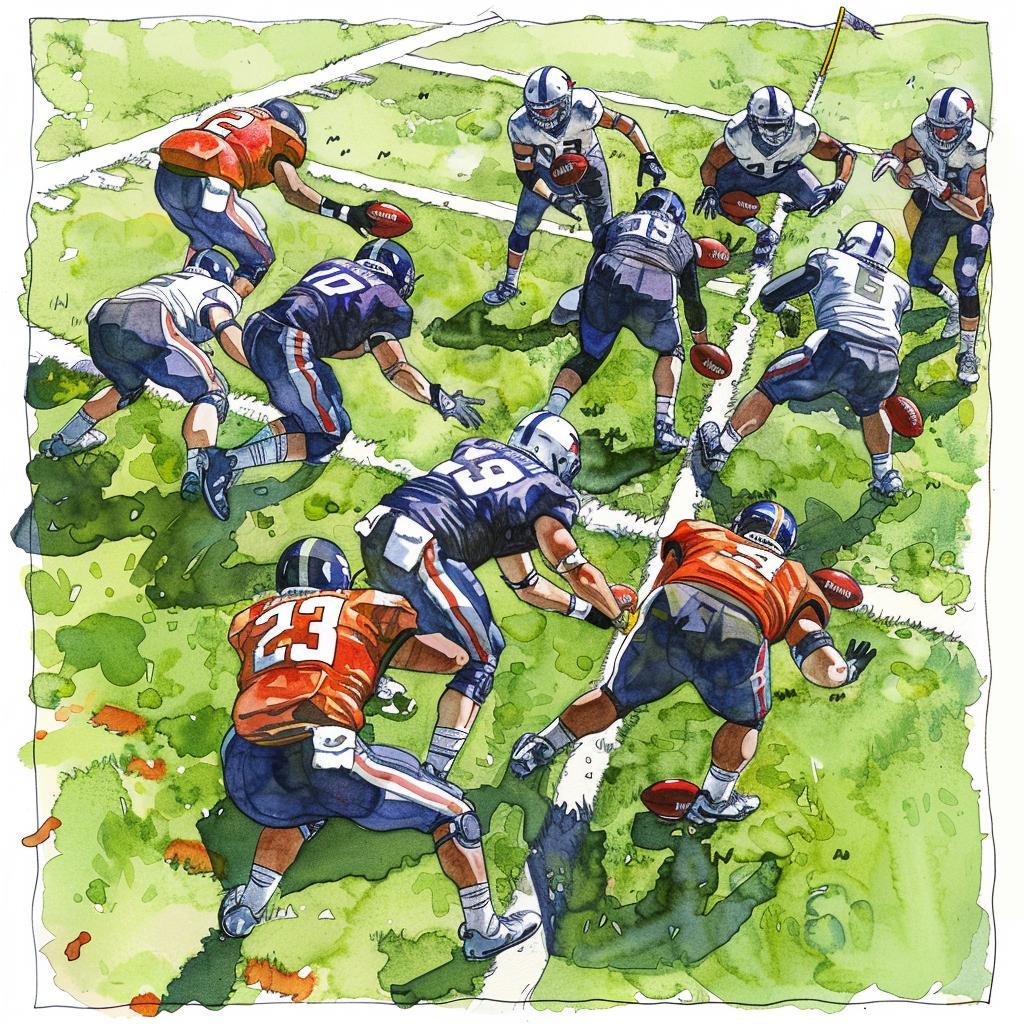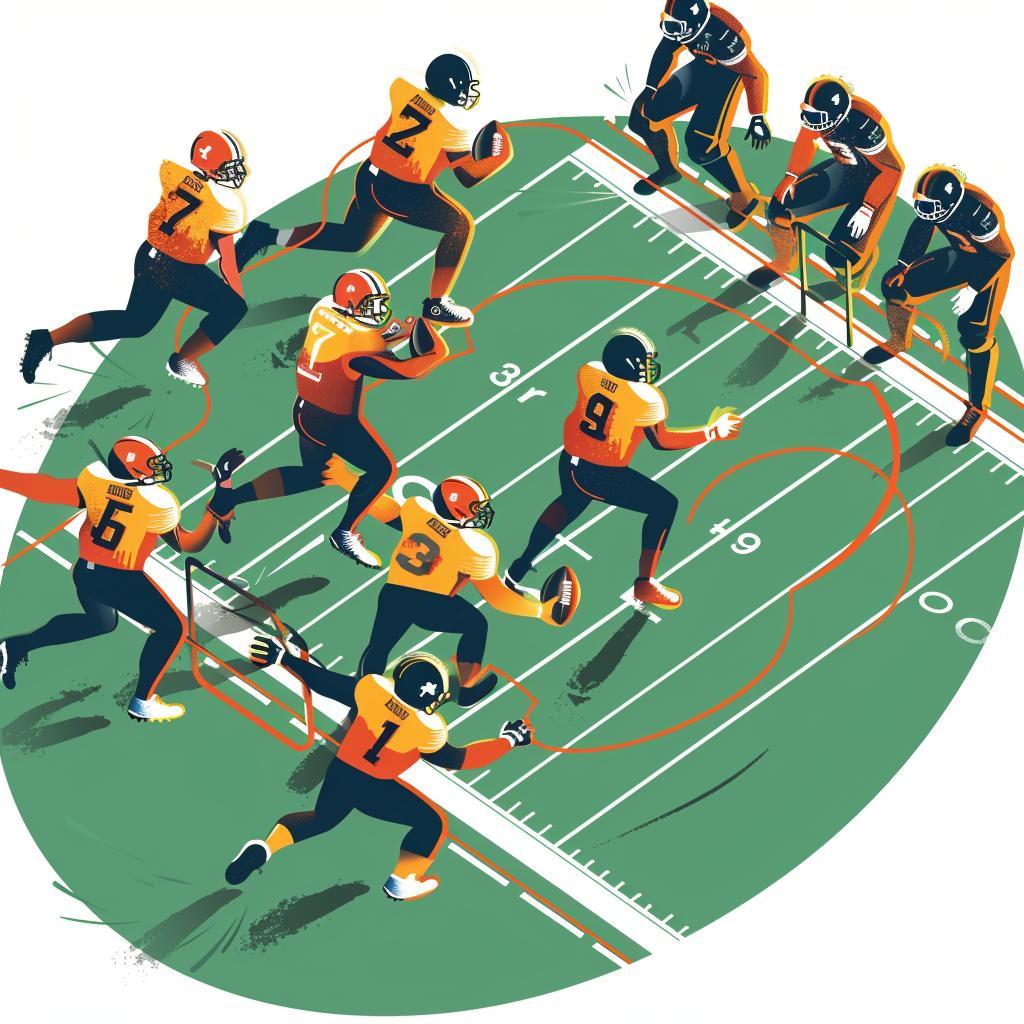Key Offensive Positions in Flag Football
The offensive unit holds critical positions that influence the game's direction. The quarterback, and their role in executing plays and decision-making, stands out as essential. Receivers and running backs support the quarterback's efforts to ensure play completion. Familiarity with offensive flag football positions is essential for anyone looking to improve their game skills, whether player or coach.



